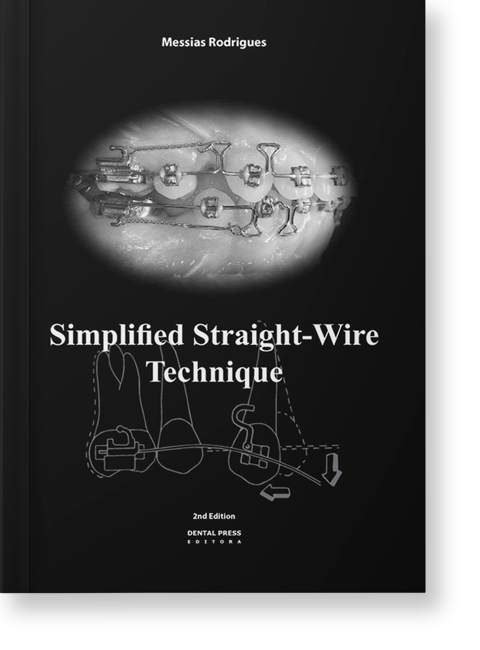Edit Content


R$ 300,00
The development of the pre-adjusted appliances, by
Andrews, was a significant progress for the orthodontist,
especially in the finishing of orthodontic treatments.
A recent research shows that 71% of the orthodontists
utilize one of the several types of pre-adjusted systems
available. This type of appliance was developed to reduce
the bends in the wires and, therefore, making the results
more predictable. However, the slot designs of the
pre-adjusted brackets can cause difficulties at
the beginning of the treatment, especially the bracket slots
of canine teeth.
The replacement of the conventional pre-adjusted
brackets on canine teeth for pre-adjusted Tip-Edge
brackets conceived by the author, has solved problems in
Straight-Wire conventional mechanics.
From this new differentiated bracket indication on canine
teeth, the author developed the Simplified Straight-Wire
Technique. His 15 year-old experience developing this
new proposal was reported in this work with more than
1000 pictures and 20 clinical cases described in detail and
refinement in all the stages of the treatment, following a
method proposed in the individual planning for each case.
The described clinical procedures are an essential guide for
the orthodontist for the understanding and utilization of
this new proposed technique.

Graduado pela Faculdade de Odontologia de Piracicaba – UNICAMP e pós-graduado em Ortodontia pela Universidade de Taubaté – UNITAU.
Atua como professor no Curso de Especialização em Ortodontia da UNITAU e como consultor e professor da TP Orthodontics, no Brasil e em Portugual.
É autor de vários artigos publicados em revistas especializadas em Ortodontia no Brasil, Estados Unidos, Portugal e Austrália.
Além disso, é autor do livro “Técnica Straight-Wire Simplificada”, publicado pela editora Dental Press, e idealizador da técnica que leva o mesmo nome do livro, que também é tema de sua aula no Excelência.